Pierwszy List do Koryntian
A sin is not a matter that concerns only me and God. A sin destroys the community too. It is in its name that sins are forgiven by its representative – a priest.
Let’s imagine that we have only a single chance to go to confession in our whole life. Too hard? Instead, imagine a confession during which the priest studies a sin schedule and sums up penances prescribed for sins you have recited. The total is over a dozen years of fasting on bread and water and a recommendation to sleep on a bed of nutshells.
We can breathe with relief and feel happy to live in the 21st century; further, we ought to realize how lenient the Church is about the question of confession today. Another matter, however, is if this leniency has done us any good.
Single penance
In the early Church mercy was not cheap. Suffice it to say that the well-known story of Christ and an adulteress did not form part of many New Testament manuscripts in the first three centuries of Christianity. Neither did the eastern Fathers of the Church contemplate it. This act of Christ must have been perceived as hard to understand and one considerably weakening the Church’s teachings on morality.
The teachings centred on a catalogue of cardinal sins that were then called ‘inadmissible’. Among them were murder, disowning of faith (including idolatry as well) and adultery. For a Christian who committed any of them there only remained to do penance for the rest of his life and hope for God’s mercy. To be forgiven by the Church was a vain hope. This harsh rule was based on a fragment from the Epistle of St. Peter according to whom “For it would have been better for them not to have known the way of righteousness, than having known it, to turn from the holy commandment delivered to them”. In the next sentence, the Apostle likened those who had accepted Christ and sinned to a dog which returns to his own vomit.
A spark of hope was brought by the emancipated slave Hermas, who lived in Rome in the 2nd century AD. Badly afflicted by his own children, who betrayed him to the authorities as a Christian, he had visions that imparted to him that even a great sinner had a chance to repent and be forgiven. He expressed this view in his work The Shepherd.
One hundred years later, the rank of this conviction was raised by St. Cyprian in his treatise On the lapsed. In it, he discouraged the too easy forgiveness of wrongs by the Church but also stressed the healing power of suitably given penance. But a person could be given it only once in accordance with a thesis formulated by St. Ambrose: sicut unum baptisma, ita una poenitentia (as there is one baptism, there is one penance).
With time, great theologians saw, however, that excessive harshness may result in some kind of elitism, dislike for the act of penance or even the faithful leaving the Church. Therefore, such personages as St. John Chrysostom or Pope Leo the Great spoke of the possibility of repeating penance.
What else evolved was the thinking on cardinal sins. They began to be understood as sources of other sins rather than acts that must not be committed under any circumstances. New catalogues of such sins were compiled: one of the most popular was authored by John Cassian who included sadness among them, next to the seven we know. Popularity was also enjoyed by less formal and authoritative catalogues of sins like the following one found on the cover of some 13th-century Florentine manuscript: “The devil has nine daughters whom he married off: simony to lay priests, hypocrisy to monks, pillage to knights, sacrilege to peasants, simulations to servants, fraud to merchants, usury to townsmen, world pride to matrons, and lechery whom he did not marry off, but offers her to everybody as a lover”.
Regression
Since the times of Leo the Great, confession had been acquiring the form we know today: sins were confessed in public ever less often; instead this was done personally before a priest. Finally, in 1215, the Fourth Council of the Lateran decreed aural confession and sealed it with sacramental secrecy.
Our confession differs from the medieval one in an important detail: today we make use of various examinations of conscience, whereas in the past similar lists were used not by the penitent but by the priest. Previously known as books of penance or penitentiaries, they can be and often are an easy pretext to ridicule the perversion of some sins named in them (for instance, when we read about nuns satisfying each other sexually with an artificial penis). However, it is worth looking at them with humility and ponder whether the people of the Middle Ages, in their perception of sins and their remission, were, perhaps, more mature than we are.
A point has to be made that the confession of old was by no means perfect – obvious abuses were recorded. It happened that a priest, distrusting the penitent’s good preparation – which did not surprise as the awareness of the moral teachings of the Church was neither deep nor widespread – asked him about various sins using a book. Nothing wrong with that, but it was much worse when the confessor did not listen to the penitent at all but read out successive items in his catalogue and made him confess to one sin after another. As a result, the poor wretch confessed to acts he did not commit. This must have been not so uncommon since some medieval theological treatises forbade to read penitentiaries aloud …so that the penitent was not exposed to the temptation of unknown sins.
Historians generally describe these books as ‘judicial’ and stress the rate-like nature of penance. There is a crime, there must be a punishment of a suitable magnitude – almost as in customary law. The priest acts as a judge, while the penitent is both the accused and the accuser. Indeed, the reading of penitentiaries may give such an impression. While the conviction about the judicial character of medieval confession cannot be easily rejected, this description is far from being complete. “These books form a stage in the thinking about God, the Church and sin that puts us to shame by showing our regression,” believes Fr Tomasz Gałuszka, a historian with the UPJPII and the Dominican Institute of History in Kraków. “The stressing of only the judicial character of penitentiaries follows from the modern understanding of the categories of guilt and punishment. When you read them, you see above all that in the Middle Ages people realised that my act, my sin, actually was never entirely mine. I have sinned with regard to the community of the Church for which I am responsible. The evil I have done, even if it never comes to light, destroys it exactly in the same way as good and asceticism build it. There are no neutral acts that affect anyone else but me. We are saved and condemned together. Today’s degree of individualism has made the awareness of this disappear.
Fr Gałuszka sees in books of penance a very wise ecclesiology, showing that all of us form the single mystic Body of Christ and that we are all responsible for one another. “For the people of the Middle Ages, a community was so great a value as to make it hard to understand for us. Suffice it to say that hermits were not valued in the first place for the ascetic way of life they took up but for their courage to leave their communities. The greatest sacrifice was a conscious and voluntary leaving of the human community”.
Father Gałuszka, speaking of the communal dimension of sin, points to the public character of imposed penance. This was not a brainchild of the authors of penitentiaries – the custom dates back to the ancient Church. Tertullian asked: “Whether it is better to be condemned in secret or publicly absolved?”
The Council of Nicaea of 325 AD distinguished four groups of penitents and assigned each group a specific place in a church. ‘The weeping’ were not allowed to cross its threshold, ‘the listening’ stood in the narthex, ‘the kneeling’ (this position was then a sign of penance and not of devotion) stayed in the back of the nave, and the ‘co-standing’ were allowed closer to the altar but without access to the Holy Communion. Hence, the status of every penitent was publicly known. The conviction that penance had to be done in public prevailed until the Middle Ages.
The catalogue of penances sometimes surprises us with its severity, the more so as many of them were performed in public view. The most frequent kind of penance was a fast on bread and water. A pilgrimage was recommended too, sometimes with a stipulation that it could not be performed on horseback or by wagon. More sophisticated kinds – the way we see it today anyway – included standing with one’s arms spread and singing psalms (penance of the ‘cross’), whipping, sleeping in water or in nettles, or on nutshells, in a cold church or in a grave next to a corpse (memento mori…)
Medication
The other key, next to societas (community), to the understanding of the Middle Ages and penitentiaries is medicina (medication). It was not about punishing the sinner but about healing him or her. While designing the ‘rates’, a principle taken over from medicine was followed, holding that “like be cured by unlike”. The outstanding medieval scholar Aron Gurewicz says that hubris was cured with humility, greed – with almsgiving, laziness – with zeal, garrulity – with silence, adultery – with abstinence, gluttony and drunkenness – with a fast. A murderer was prohibited from carrying arms.
The authors of penitentiaries often implemented a programme designed to combat particularly widespread sins in their times. It is worth naming them with regard to our present-day weaknesses … And so efforts were made to eradicate interest in, and the practice of, magic. In the times of rising interest in vampirism, a fragment from the penitentiary of Burchard of Worms is worth reading: “When an infant dies without being baptized, they take its corpse, hide it in a secret place and pierce it with a peg, believing that if this is not done, the infant will rise and cause a lot of damage. If you have done so or have allowed this to be done, or believed in this you ought to do penance for two years”.
Merrymaking students should listen to these warnings: “Have you drunk so much that you vomited while being drunk? Have you boasted that you can drink more than others and have you, through your vanity, encouraged others to get drunk?”
The same author noticed also careless behaviour of some faithful during services. He chastised them for not giving up worldly worries while in church, for not asking the dead for intercession, for moving only their lips without being truly engrossed in prayer.
The books of penance may therefore be treated as a collection of prescriptions for specific ailments: a description of an ‘ailment’ is followed by a recommendation of a suitable ‘medication’.
“Let’s remember that in those times people did penance not because they were forced to by a priest,” Fr Gałuszka stresses. “They took a sin to be a sickness that afflicts their bodies but also the Mystic Body”. In the case of such harsh types of penance, we would probably speak of lack of respect for human rights, disregard for human dignity – whereas a medieval sinner accepted penance in the belief that it would help him recuperate and return to the community. A monk ‘punished’ with three years of solitary confinement for disobedience treated it as convalescence. Today, unfortunately, most of the people who end up in prison believe that they have to do time unjustly, because they have done nothing wrong. This is a failure of this system: if convicts are unaware of the evil they have done, they will do it again after they are released.
That penance was treated very seriously is evidenced by the fact that the authors of some penance books ordered confessors to assist penitents. One of them writes: “Each time Christians come to be given penance, we should order a fast and unite with them ourselves”. Another author suggests that after hearing confessions, the priest should, together with the penitent, pray before the altar, lying prostrate.
Individualism
The point here, of course, is not to prove the perfection of medieval practices. Some of the customs in times past would hardly be acceptable today and even seem to be permeated with hypocrisy. One such example is paying someone else to do penance. A British penitentiary provides for an equivalent of 20 solidi for seven weeks of another penance (poorer people could pay 10 or 3 solidi). In England, a custom took on whereby a man given the penance of a particularly long fast could pay a group of people to ‘do’ it for him much faster. There was a notorious 11th-century case of Peter Damiani imposing a penance to last 100 years for practising simony (buying a church office) on the bishop of Milan and setting an equivalent right away: a sum to be offered to the monks who took over the penance.
“I would be far from calling these practices hypocritical,” Fr Gałuszka observes. “Let’s not pass value judgments applying today’s criteria. Again, the role of community comes to the fore among the people of the Middle Ages. It is obvious that nobody can fast for one hundred years and the penance was not reduced, as, apparently, the gravity of the sin was great. Hence, let’s not be surprised by people taking the burdens of others on themselves or an interceding prayer. After all, if we accept that we are members of one body, what’s so strange about this?”
Father Gałuszka, although he does not call to mechanically emulate medieval practices, deplores the fact that penances imposed today only to a small extent attempt to compensate the community and as a rule do not engage the body. “Confessors rarely impose even a fast or lying prostrate,” he says. “Instead, they give saying a litany or a decade on the rosary and even this is not sometimes fulfilled by penitents. Spiritual growth does not in the least engage the body; penance affects only the internal sphere. The effects are very serious,” Father Gałuszka continues. “The experiencing of faith has become purely ‘spiritual’: we withdraw into religious individualism that leads to infantilism. Everybody has a little chamber of his own in his heart where his Infant Jesus lives. One of the results is a frequent impulsive rejection of the institutional Church, because “what right it has to meddle in my affairs, it is supposed to occupy itself with the spiritual”.
***
The loss of the sense that sin has social consequences leads to a peculiar spiritual egocentrism or perceiving one’s faith solely as a vertical relationship (I – God) to the exclusion of the horizontal one (I – community). Pope John Paul II wrote on this subject in the Apostolic Exhortation Reconciliatio et paenitentia of 1984:
To speak of social sin means in the first place to recognize that, by virtue of human solidarity which is as mysterious and intangible as it is real and concrete, each individual’s sin in some way affects others. This is the other aspect of that solidarity which on the religious level is developed in the profound and magnificent mystery of the communion of saints, thanks to which it has been possible to say that “every soul that rises above itself, raises up the world.” To this law of ascent there unfortunately corresponds the law of descent. Consequently one can speak of a communion of sin, whereby a soul that lowers itself through sin drags down with itself the church and, in some way, the whole world. In other words, there is no sin, not even the most intimate and secret one, the most strictly individual one, that exclusively concerns the person committing it. With greater or lesser violence, with greater or lesser harm, every sin has repercussions on the entire ecclesial body and the whole human family. According to this first meaning of the term, every sin can undoubtedly be considered as social sin.
The teaching of John Paul II on this subject is considered far too rarely and is almost absent from pastoral work. Moreover, the first words of Confiteor (“I confess to Almighty God, and to you, my brothers and sisters”) are too often mechanically recited by us.
Father Gałuszka, who examines future confessors, sometimes asks them how they would explain, to a penitent who has doubts in respect of the form of confession imposed by the Church, the need to confess before a priest and not directly before God. “This can be convincingly done in one way only,” says the Dominican. “By reminding that sin is not a matter only between him and God, that it also damages the community. It is in its name that sins are forgiven by its representative – a priest”. Thus, let’s not laugh at people living in ‘Dark Ages’, because it may just as well turn out that it is we who come out poorly in comparison. Let’s follow them in the conviction that confession is a lot more than a private act of faith directed at God. Rather, it is an act that repairs the Church.
I used the following books: Aron Guriewicz, Problemy średniowiecznej kultury ludowej, Warszawa 1987; Fr Grzegorz Ryś, Między sądem a medycyną zbawienia, „Znak” 520/1998; Jacques LeGoff, Kultura średniowiecznej Europy, Warszawa 1970.

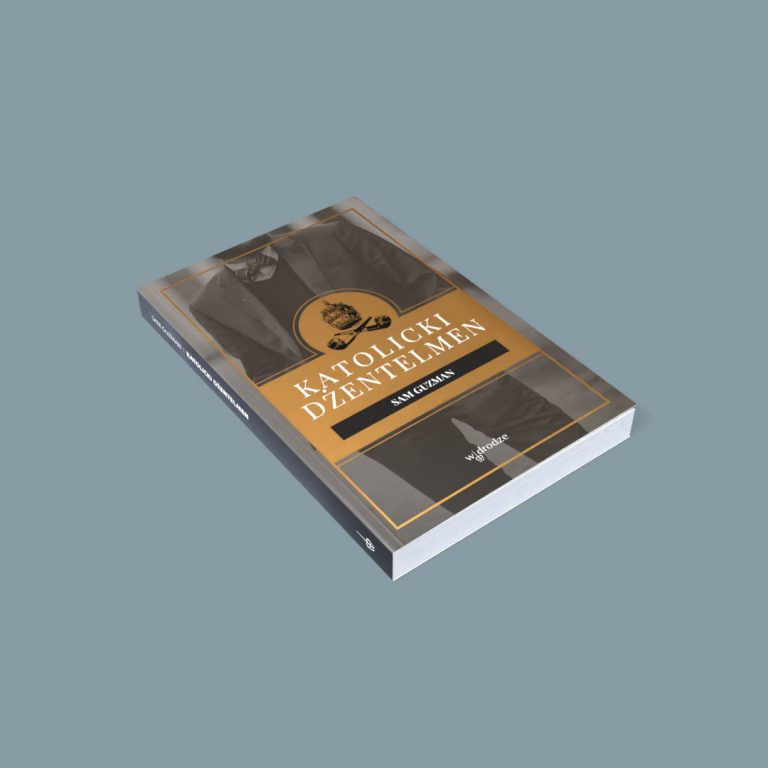


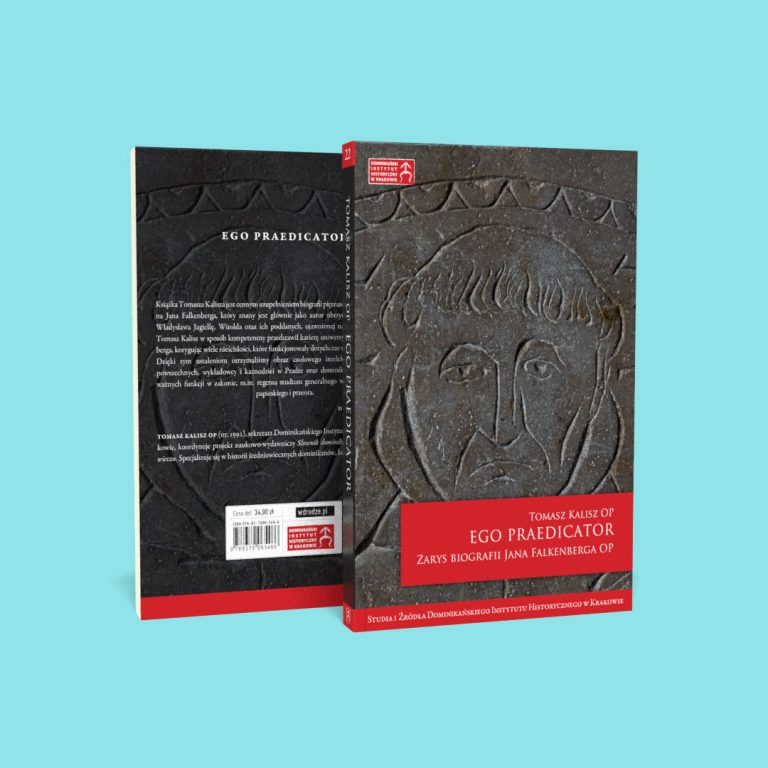

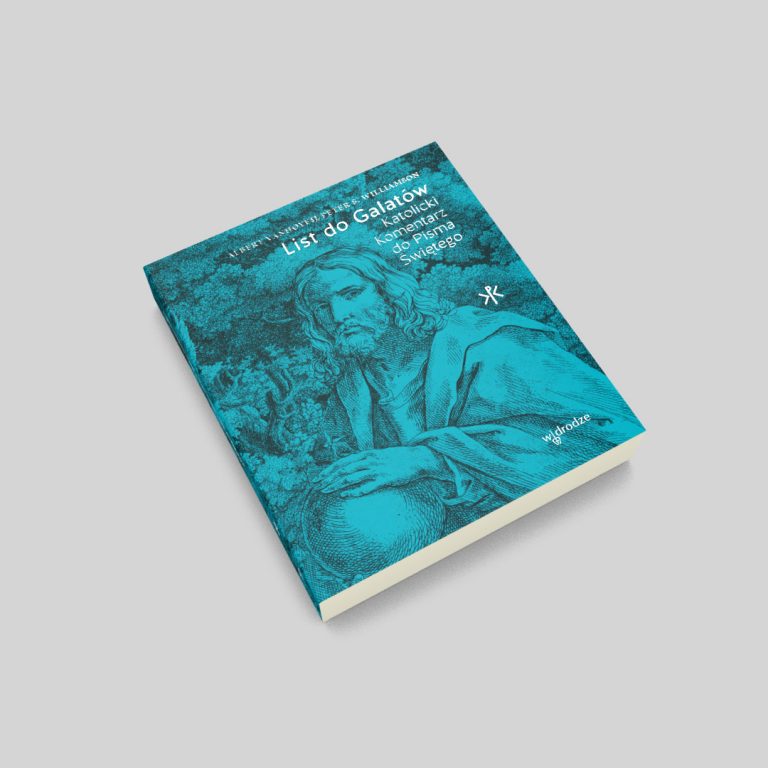
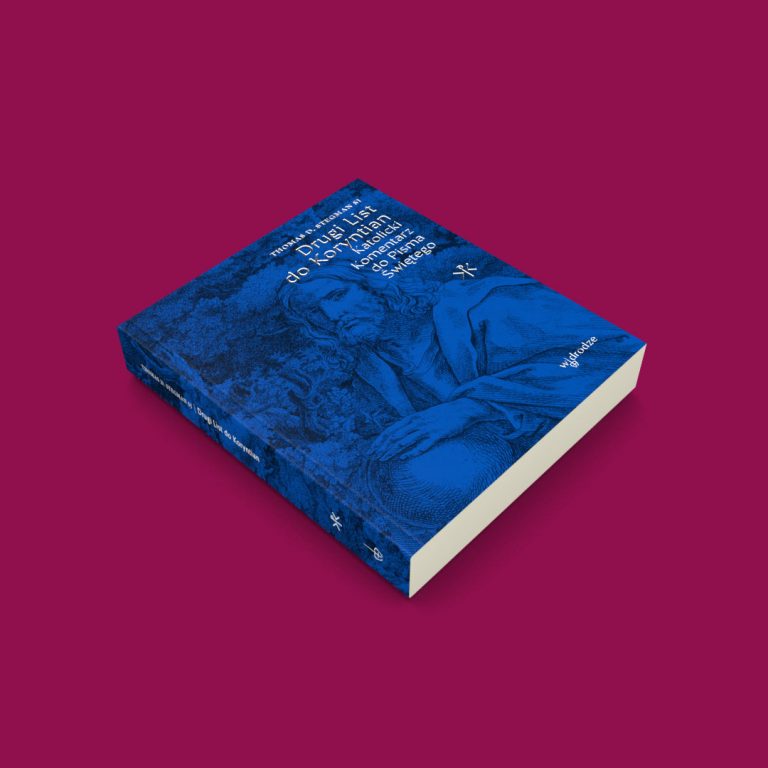


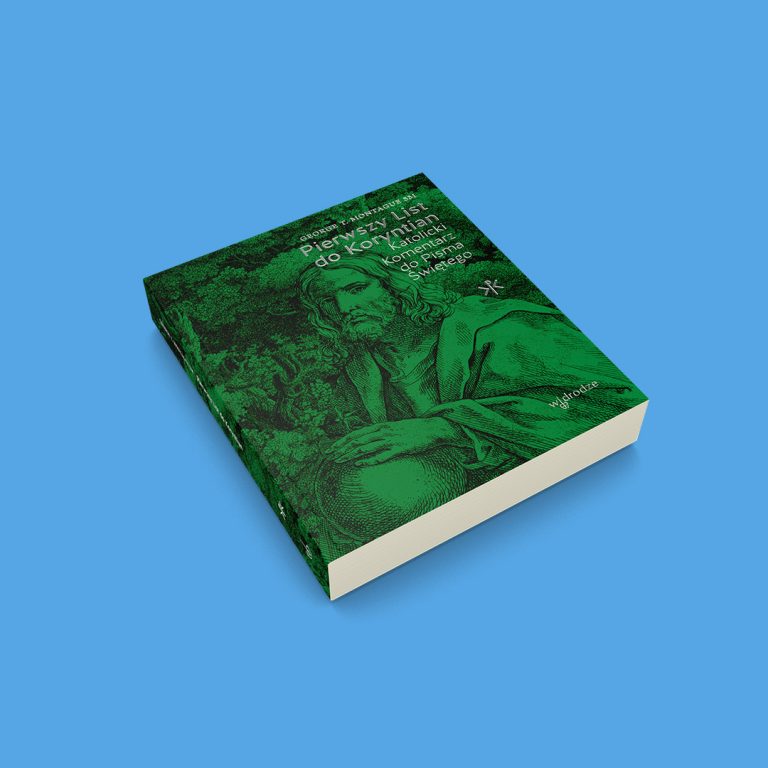











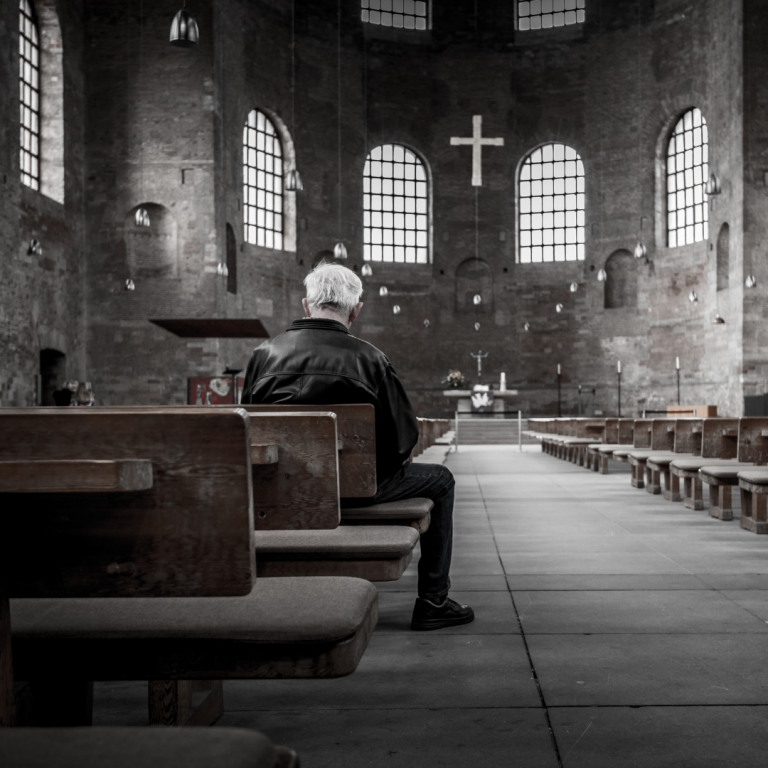


.jpg)















Oceń